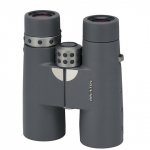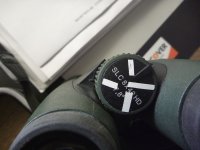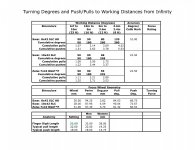elkcub
Silicon Valley, California

All of the Minox HG have that feature, not just the big 10x52. I haven't tried the Minox, but I own and have used the Pentax a lot. Given its 18" close focus, focusing would be a real chore in the close range (or too course at distance) if it didn't have a variable (or dual) ratio focus. I've tried the Brunton Epoch on numerous occasions and the focus from the close limit of 3 feet to infinity is smooth, precise, and works so well it does not to call attention to itself. I'm not a fan of the Epoch for other (optical) reasons, so I don't own one.
--AP
My impression from what you've said is that the gear ratio change is continuous rather than discrete for the Minox and Brunton. The Pentax might be continuous or discrete, i.e., "dual." It that right? Of course continuous or discrete makes a big difference in what we can infer about the mechanism. Perhaps both are in use.
In any event, contrary to strong assertions made earlier in the thread, it would appear that variable ratio focusers are alive and well. Now the question becomes whether the SLC HD is one of them; I doubt it.
But, I can use what it has quite effectively in the near region, and that capability doesn't interfere in the least with normal ranges. Quite a package.
Ed
Last edited:






